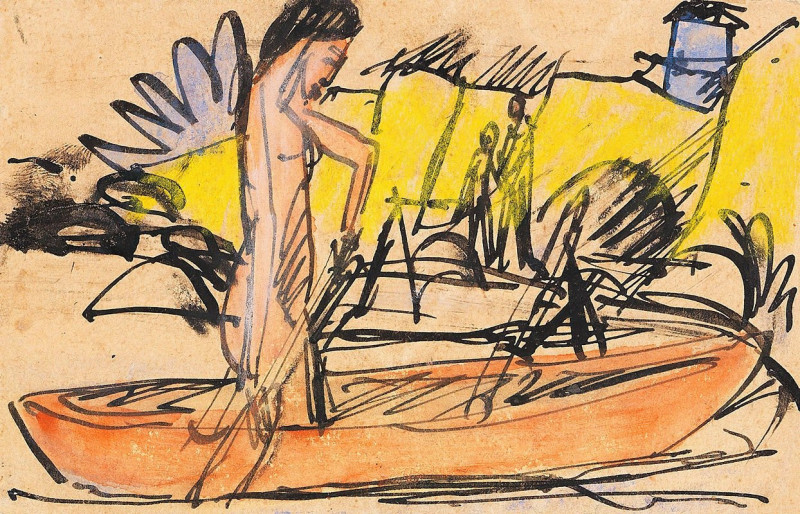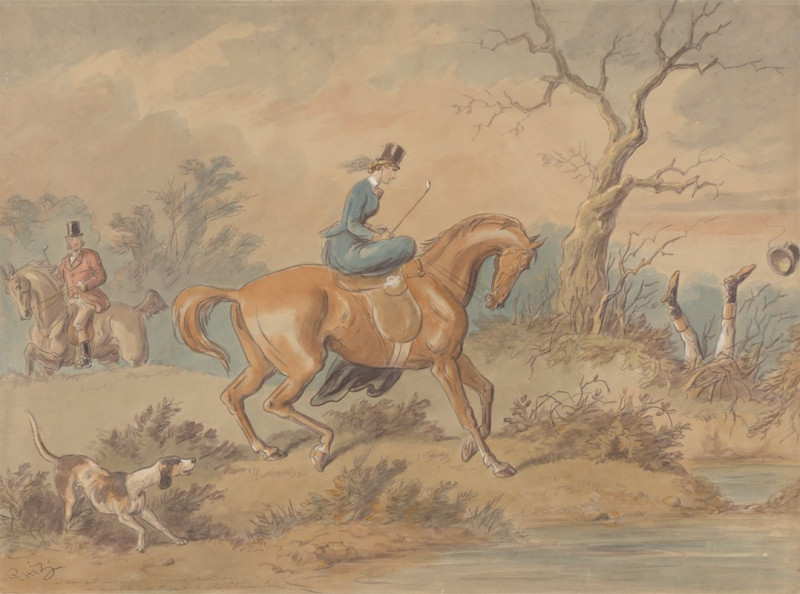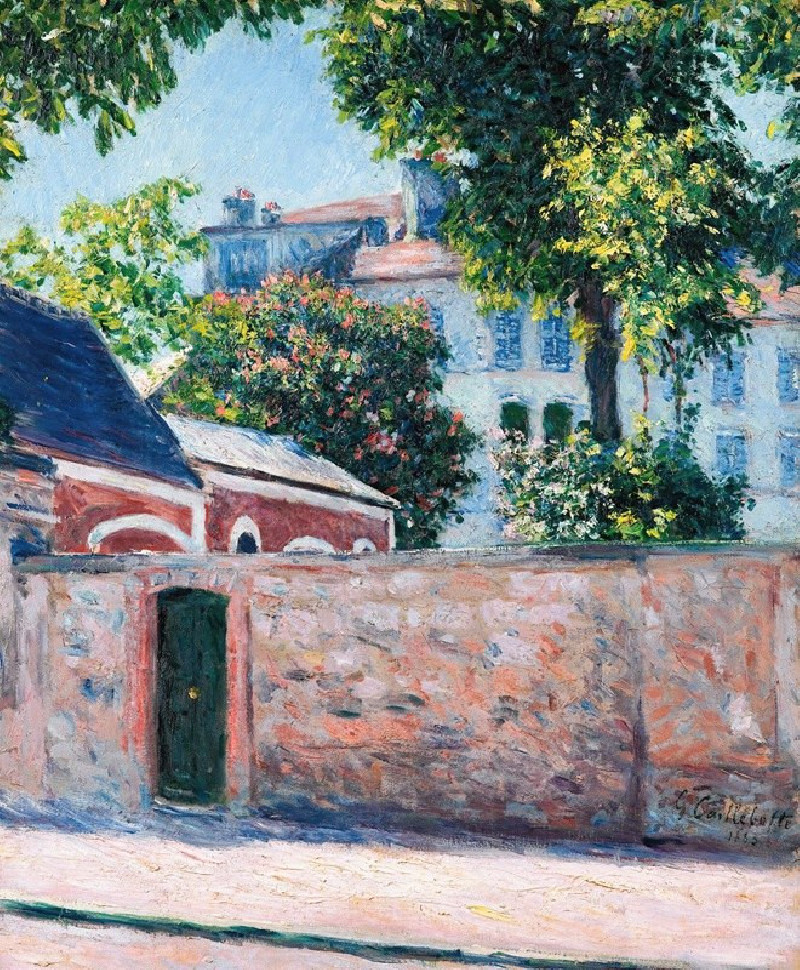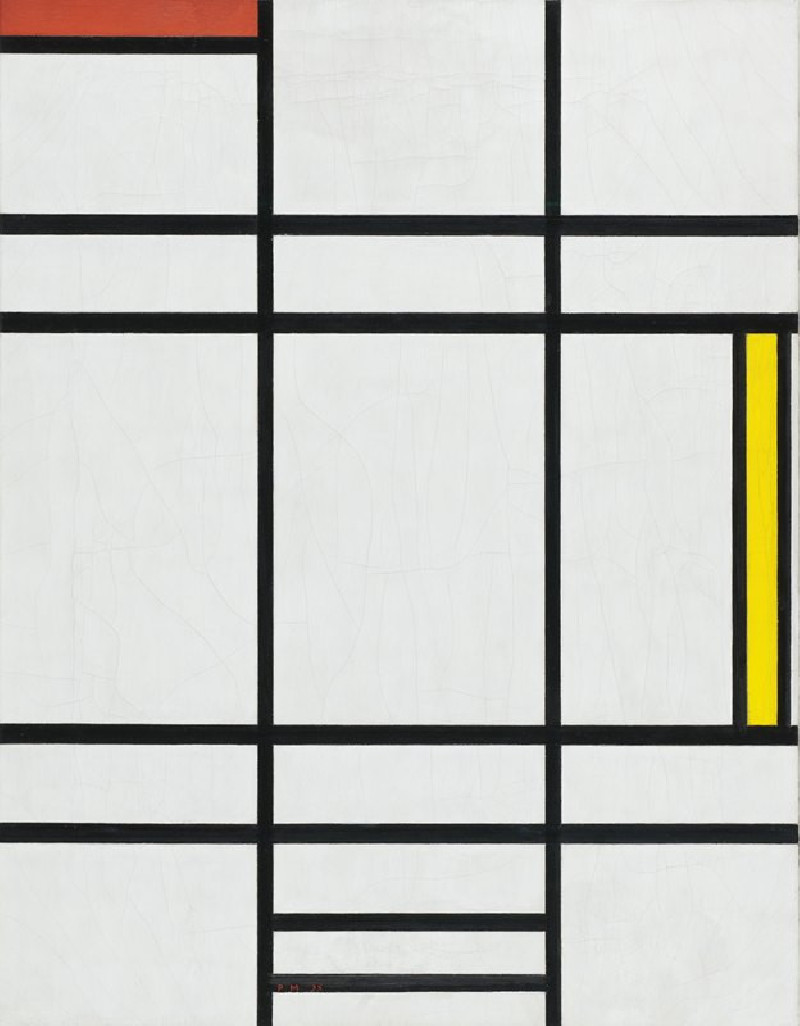The Interpreter Waved At The Youth
Technique: Giclée quality print
Recommended by our customers
More about this artwork
The painting "The Interpreter Waved At The Youth" by Frederic Remington presents a dynamic and highly detailed scene of an encounter between a group of Native Americans and white settlers or possibly military personnel during the American Western frontier era. The setting appears to be an open, arid landscape, possibly indicative of the Great Plains or a desert area in the American West.In the foreground, the attention is focused on a central group where an interpreter, identifiable by his gesture of waving toward a youth who is not clearly visible in this scene, facilitates interaction between the two groups. This suggests a moment of communication, possibly negotiation or discussion. Around him, various figures—both Native Americans and settlers—are depicted in various poses, some standing, others on horseback, which adds to the sense of an ongoing dialogue or exchange.The Native Americans are depicted with traditional elements such as feathered headdresses, beaded garbs, and blankets, emphasizing their cultural identity. The white figures are clothed in a mix of military attire and settler clothing which includes wide-brimmed hats and utility belts, reflective of Western expansion outfits.The composition is busy with activity and laden with supplies such as barrels, sacks, and crates, suggesting the context might be a trading scenario or a military re-supply. The artist, Frederic Remington, known for his ability to capture the spirit of the American West and its complexities, makes extensive use of monochrome to highlight textures and emphasize the stark lighting of the scene.
Delivery
Returns
Frederic Remington (1861–1909) was an American painter, illustrator, sculptor, and writer. He had a great interest in the American Old West, concentrating on the image of cowboys, Native Americans, horses, and the US cavalry. He rose to prominence with interpretations of frontier life, with many of his illustrations published in popular journals such as Harper’s Weekly and Pearson’s Magazine. His nocturnal paintings were filled with color and light, moonlight, firelight, and candlelight.

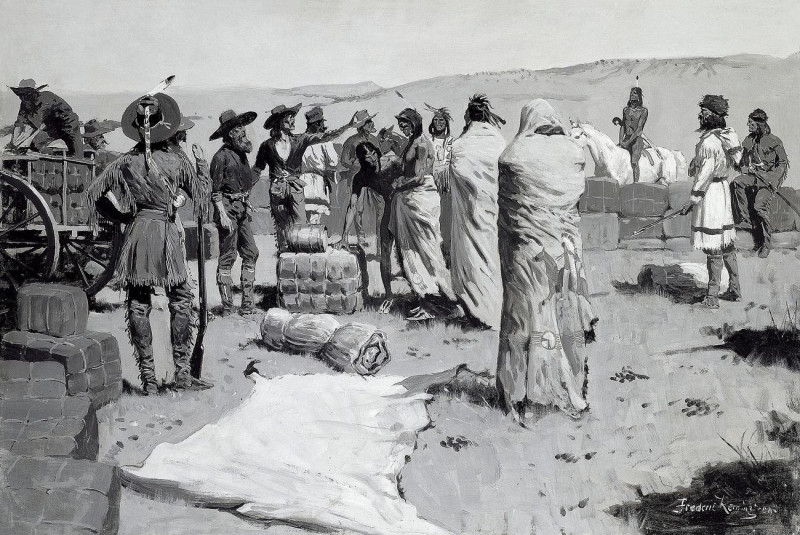
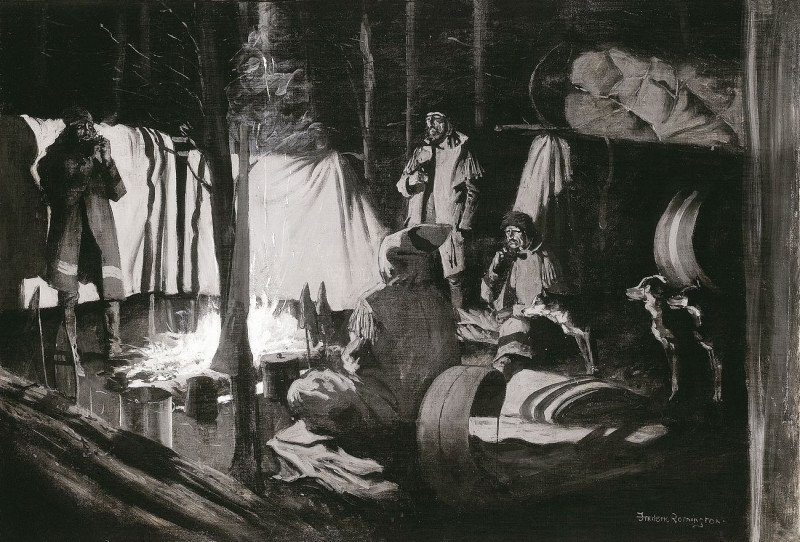
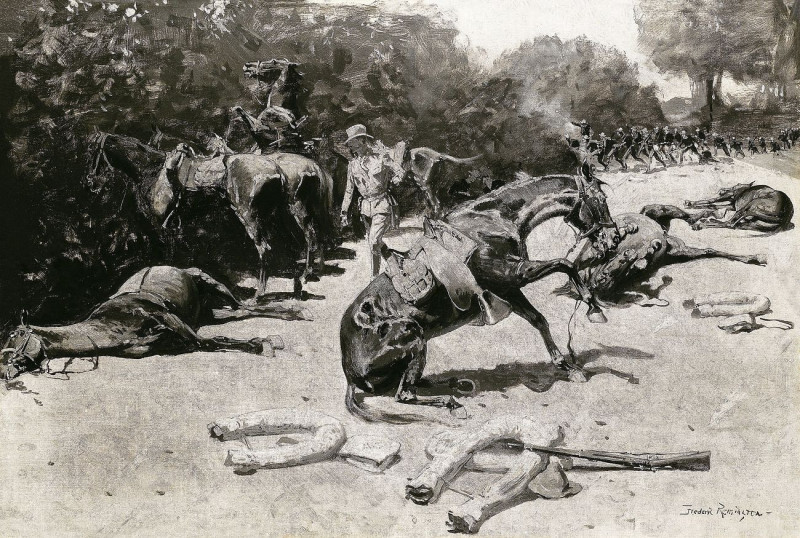
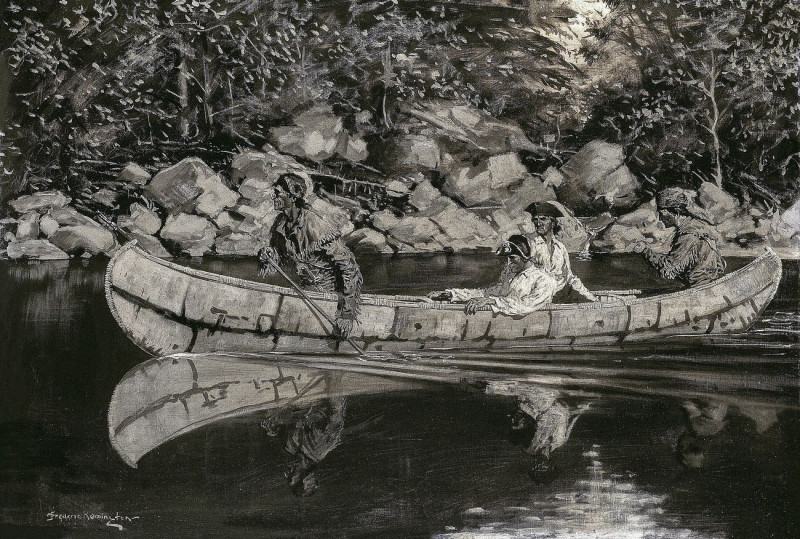
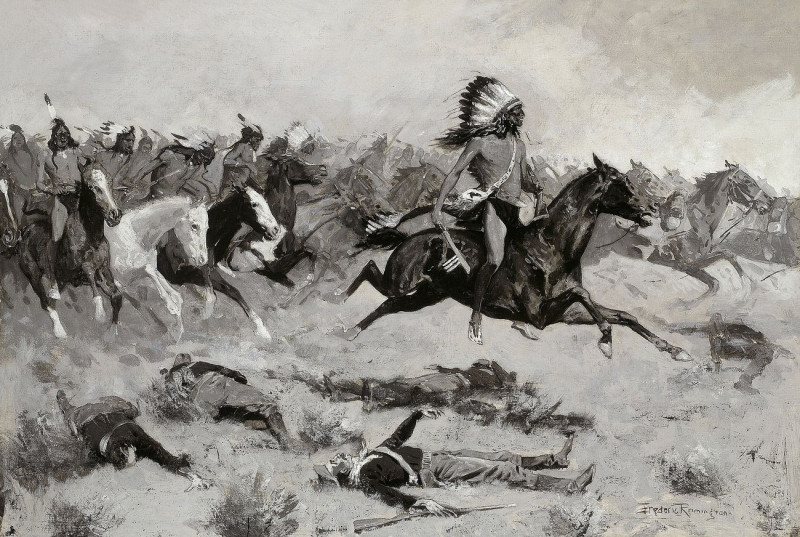
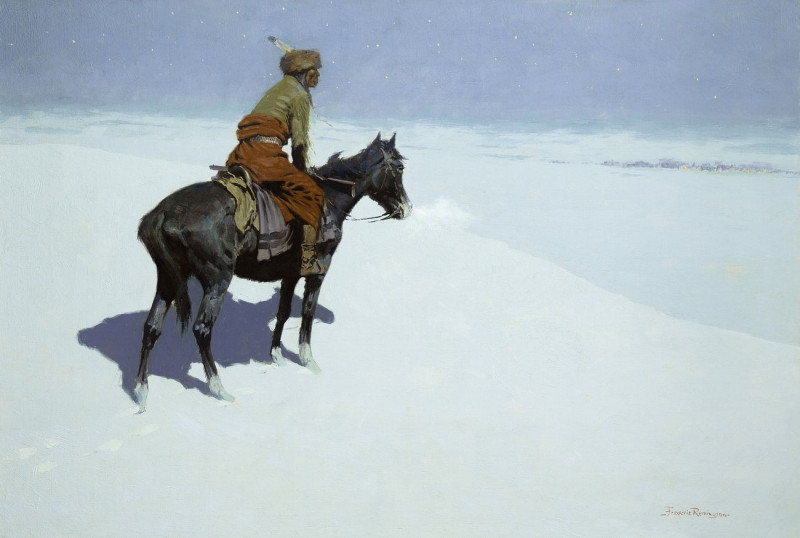
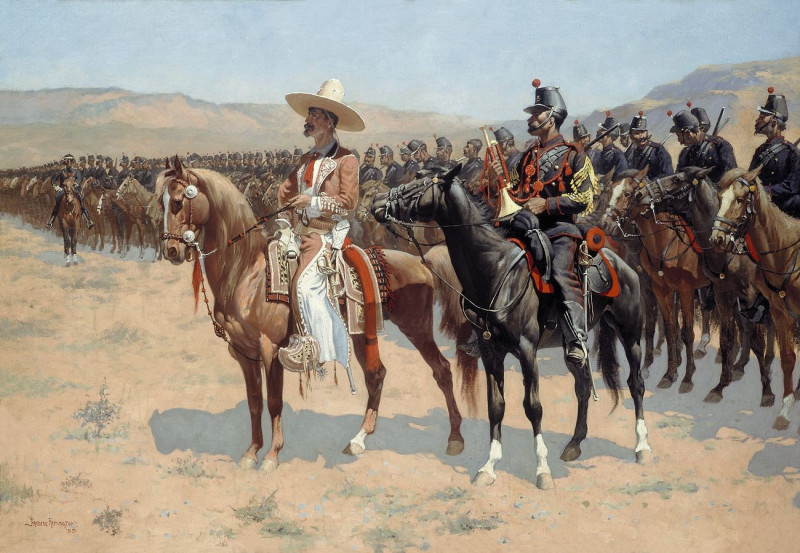
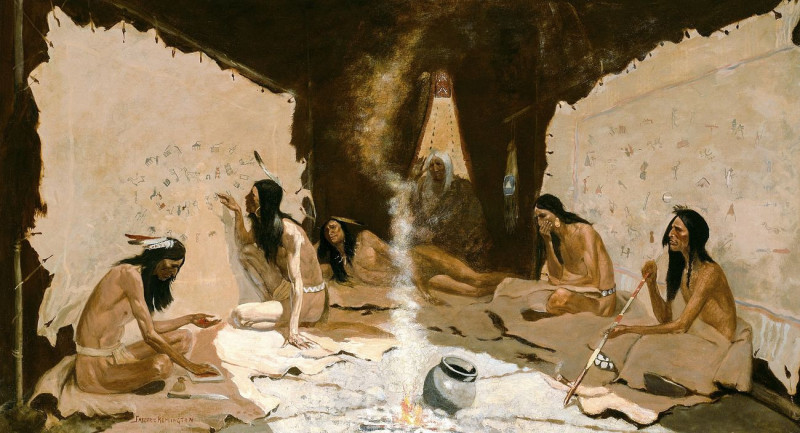
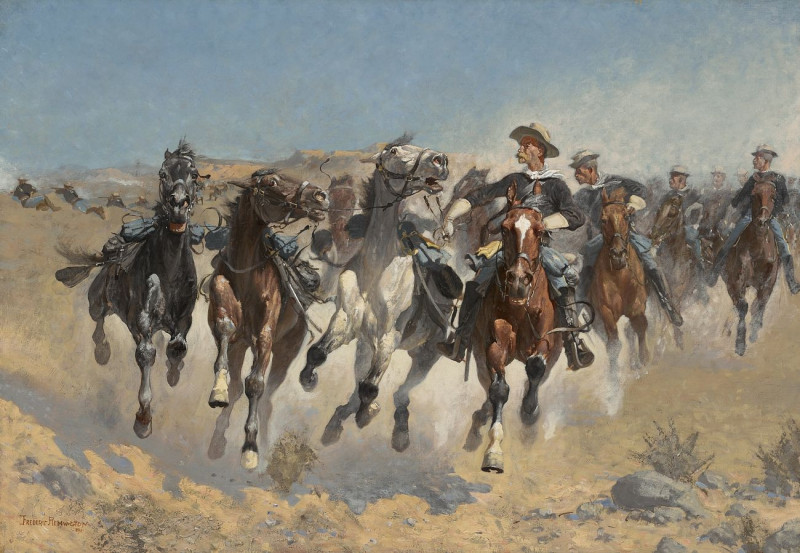
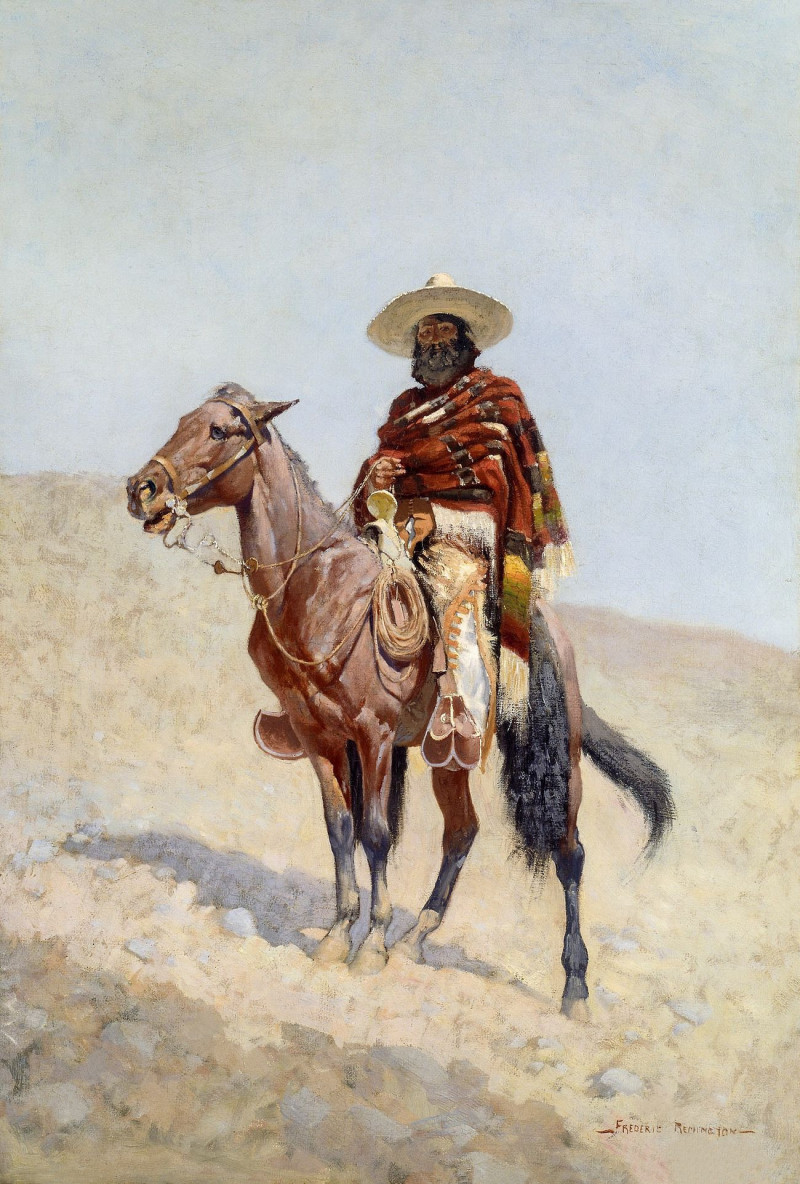

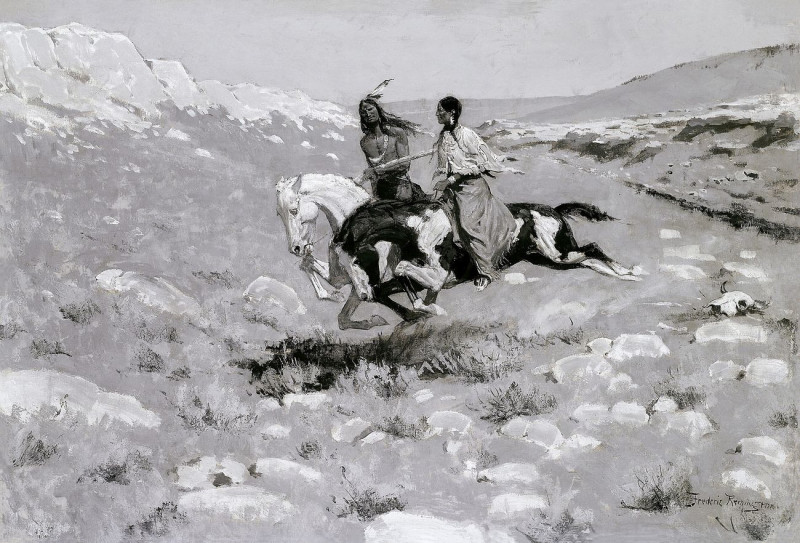

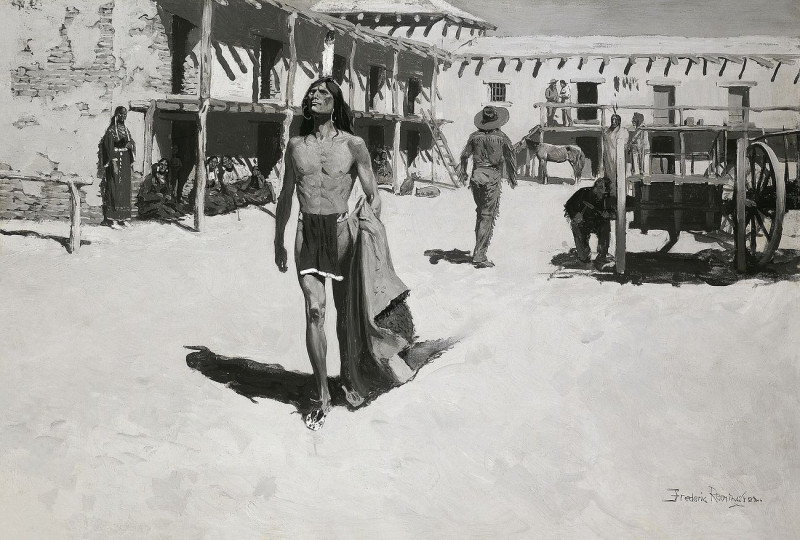


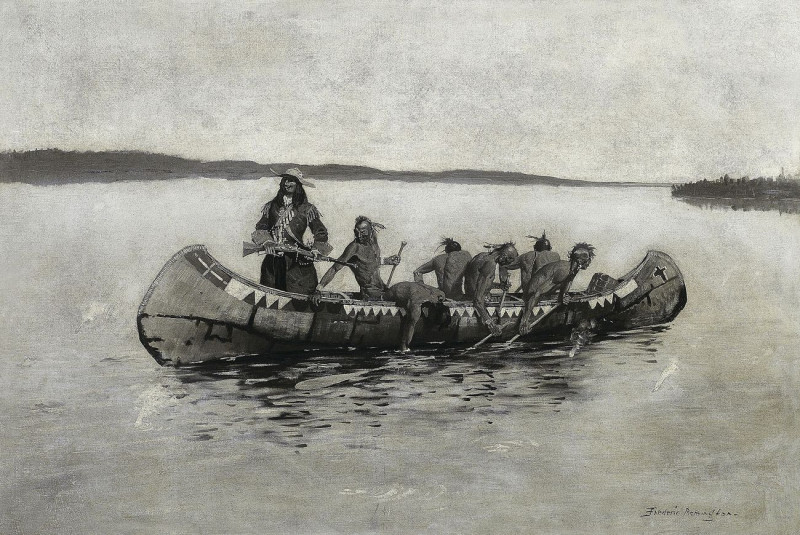
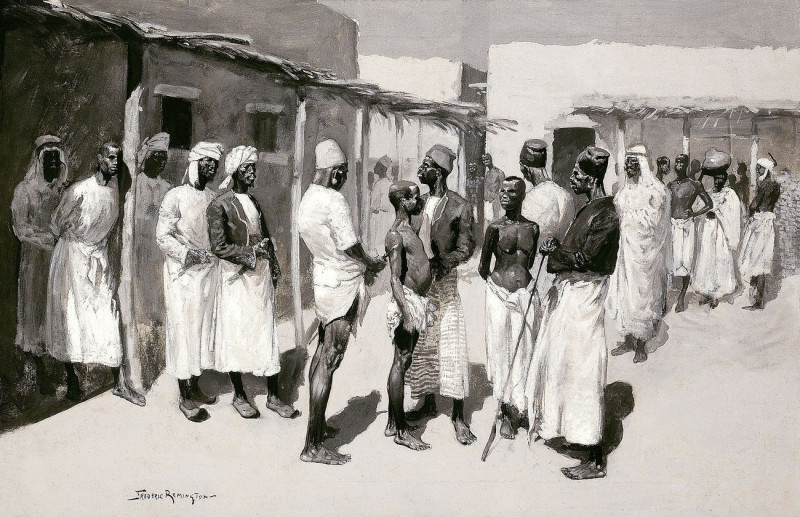
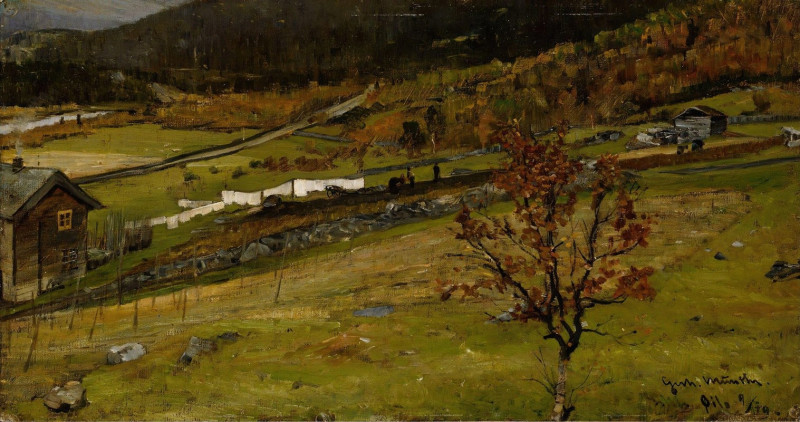
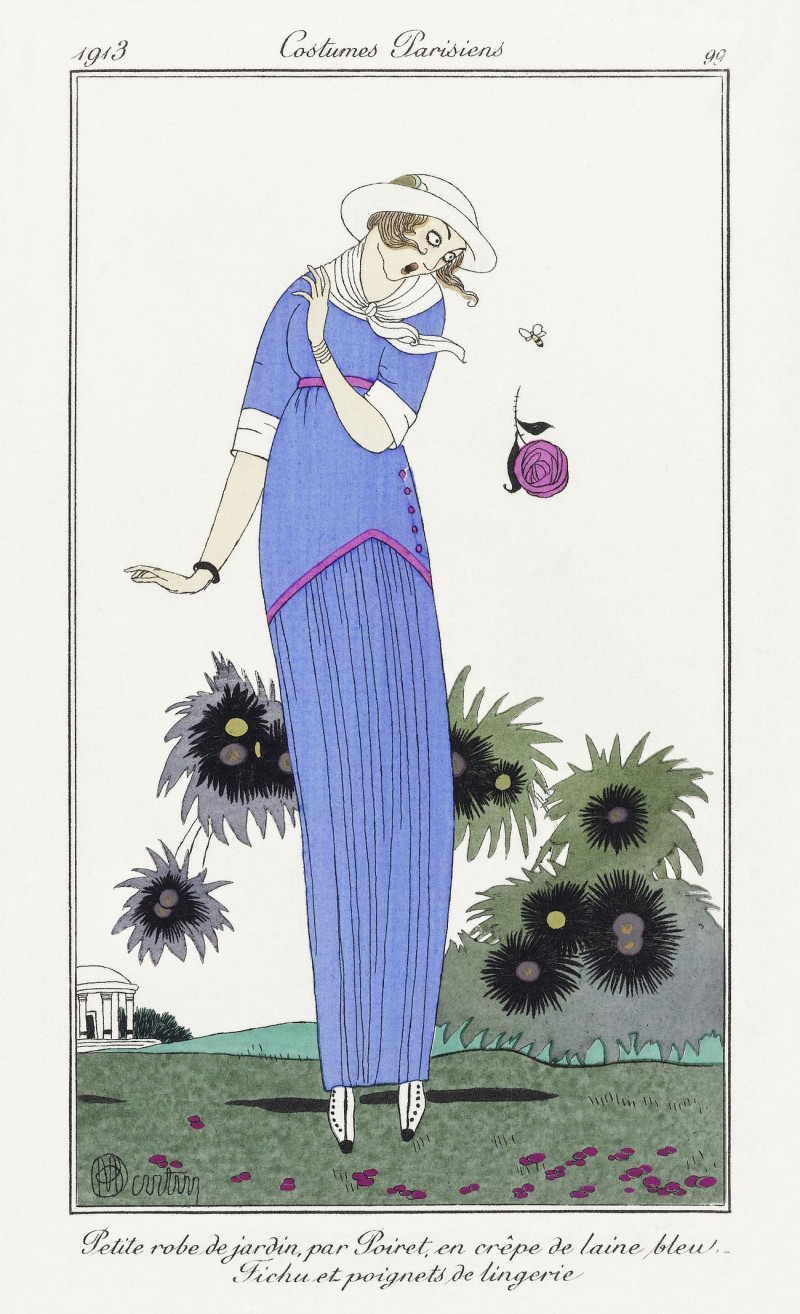

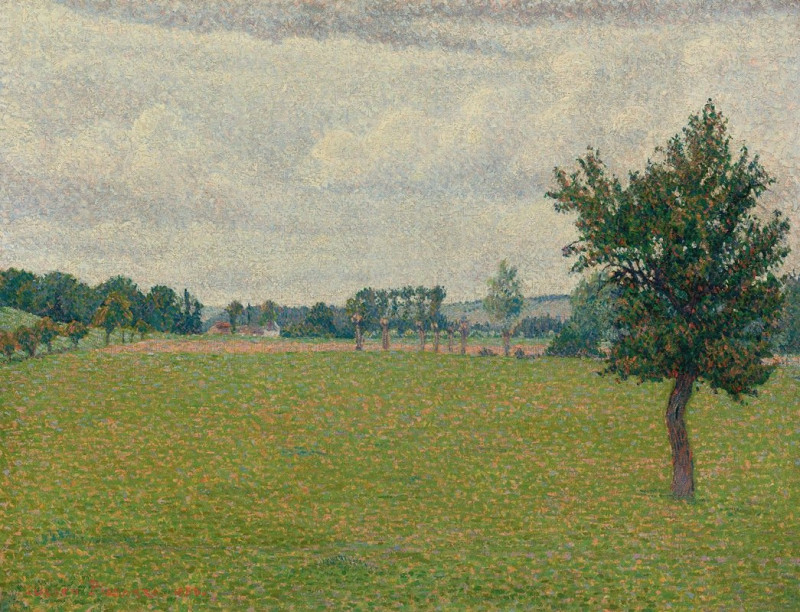
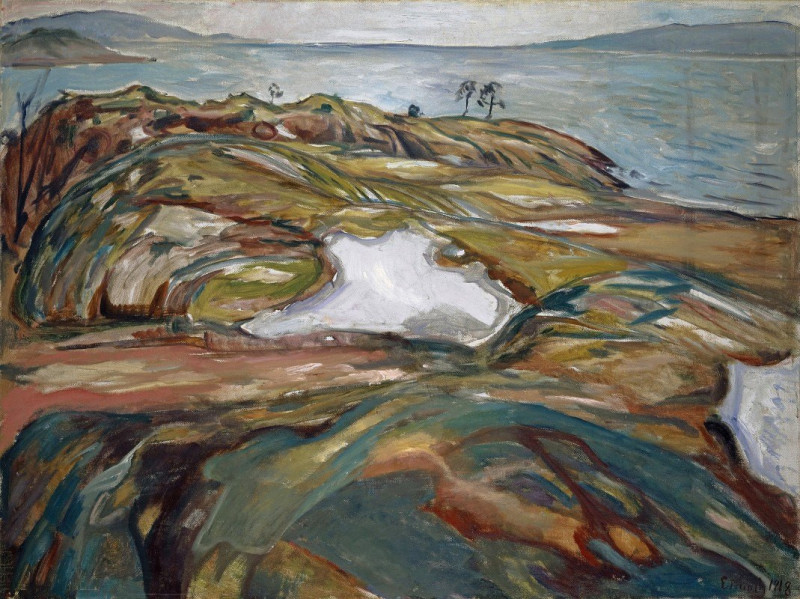
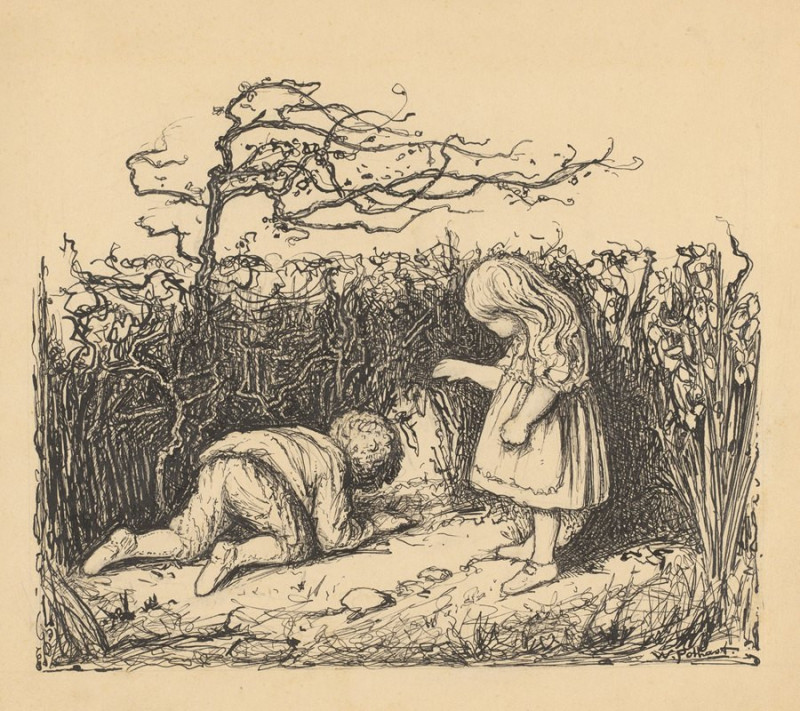

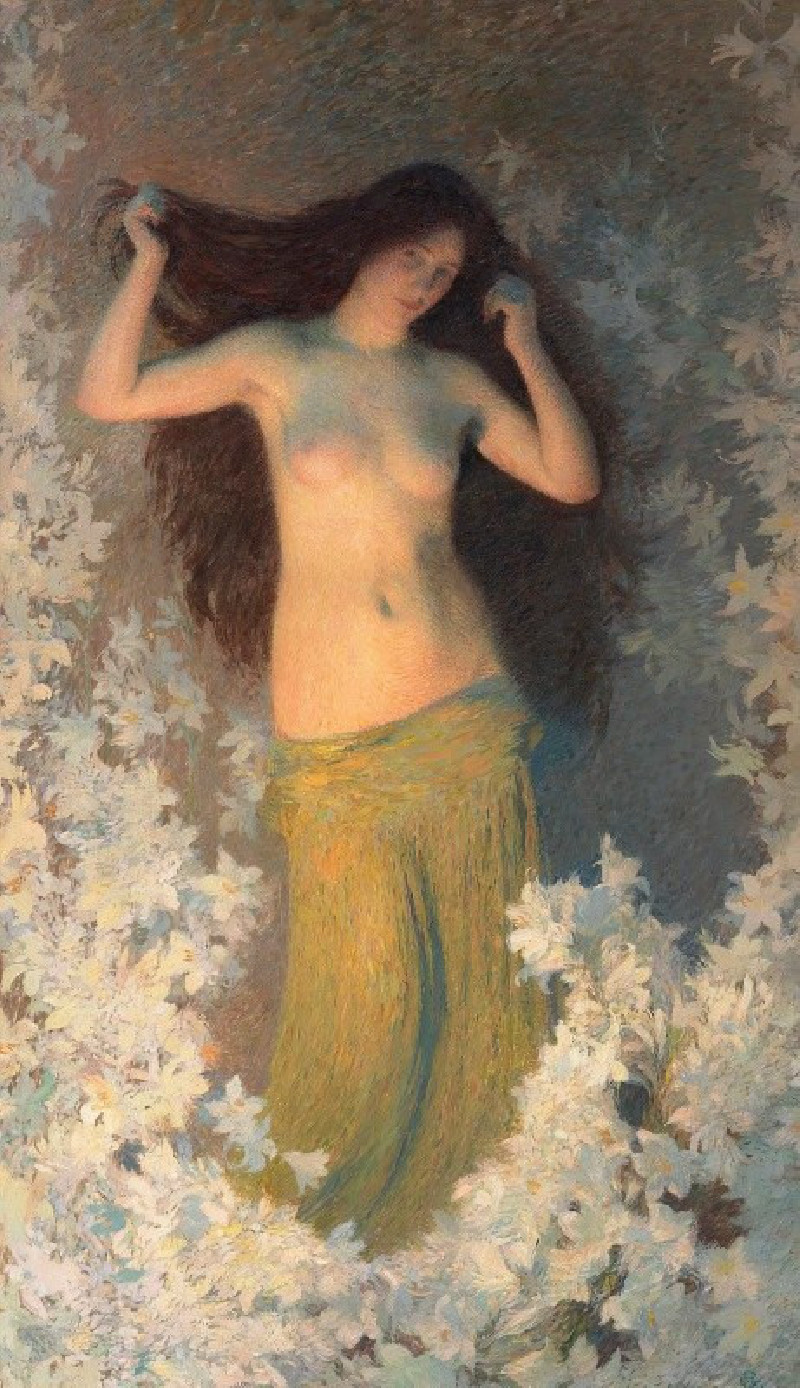

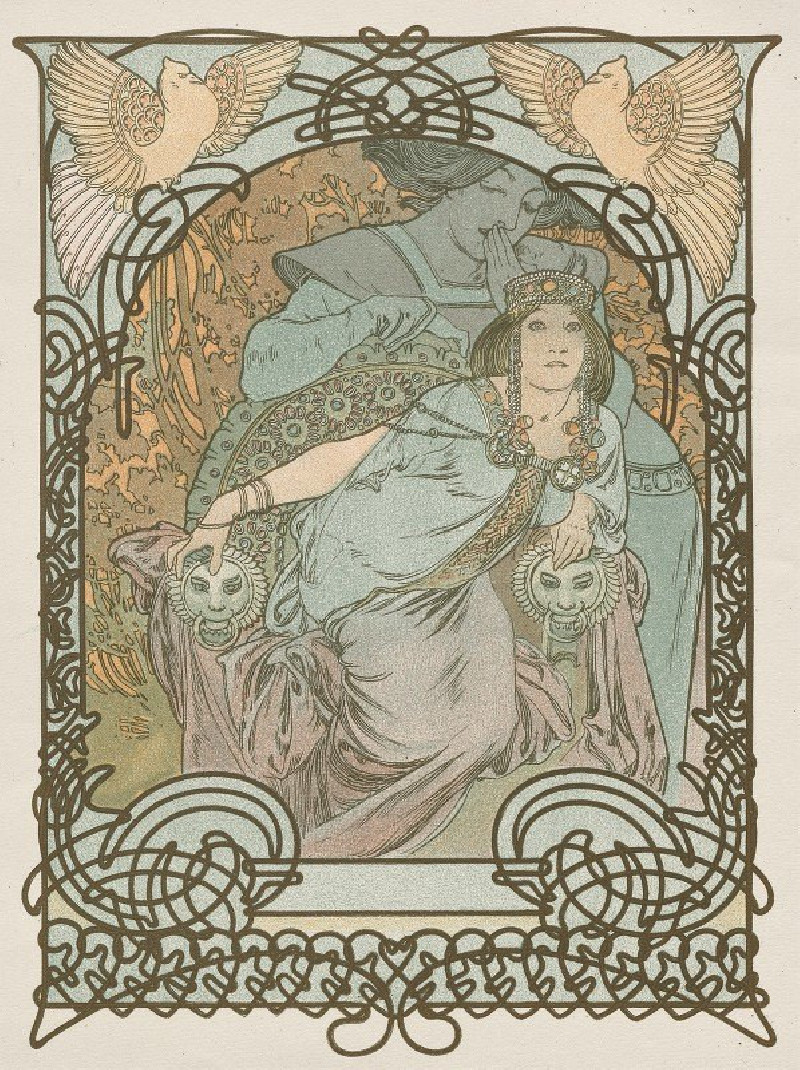
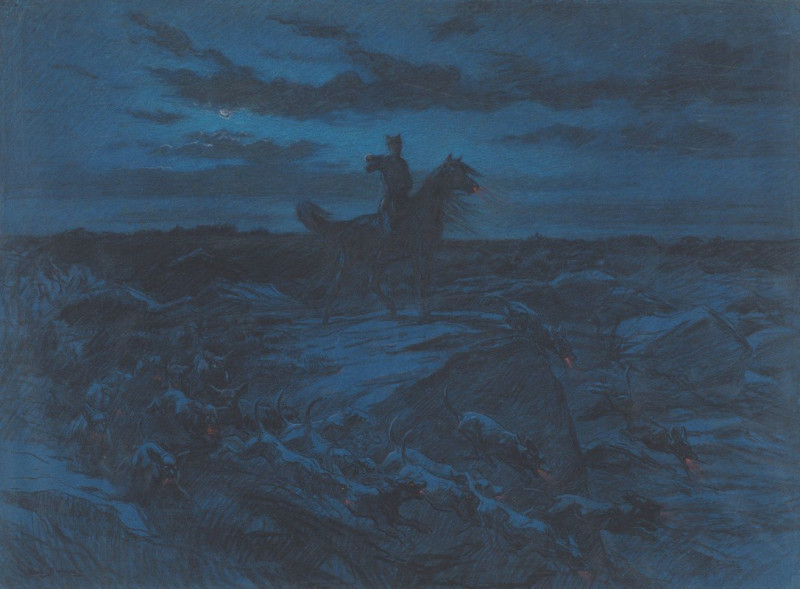
![Eve [‘The Nightmare’] (1899–1900) reproduction of painting by Paul Gauguin. ALL GICLEE PRINTS](https://reprodukcijos.lt/39854-large_default/reproduction-of-eve-the-nightmare-1899-1900.jpg)
